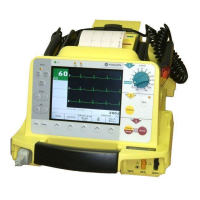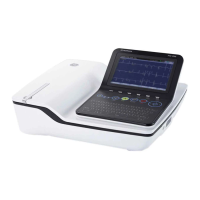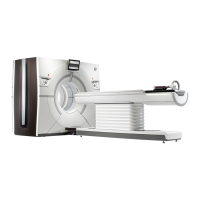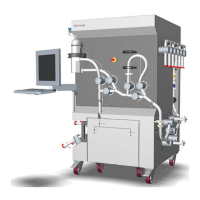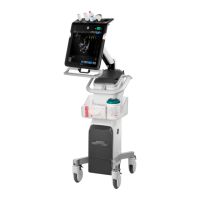2026116-001 Revision B Responder™ 2000 Page 15
PRECAUTIONS
PRECAUTION: Storage of batteries at elevated temperatures will significantly reduce capacity. It is recommended that
batteries be stored and recharged only at room temperature, about 21°C. In any case, do not exceed 50°C.
PRECAUTION: Temperature/Humidity/Pressure Extremes
Exposing the Responder 2000 and battery to extreme environmental conditions outside of its specified parameters may
compromise the ability of the Responder 2000 and battery to function properly.
PRECAUTION: Recycle or dispose of the lithium-ion battery in accordance with your country’s regulations. To avoid fire
and explosion hazard, do not burn or incinerate the battery.
PRECAUTION: Prior to disposal, remove the batteries from the Responder 2000. Then dispose of the device in
accordance with your country’s regulations for equipment containing electronic parts.
PRECAUTION: Dispose of the pads or electrodes in accordance with all federal, state and local laws.
PRECAUTION: Federal law restricts this device to be sold by or on the order of a physician or practitioner licensed by
state law in which he/she practices to use or order the use of the device.
PRECAUTION: Do not use pads that are damaged or expired. This may result in improper Responder 2000
performance.
PRECAUTION: Viewing the Responder 2000 display, LEDs, and flashing buttons may cause seizures in individuals prone
to this condition.
PRECAUTION: Avoid excessive mechanical shock to the Responder 2000.
PRECAUTION: The Responder 2000 attached cables may cause a trip hazard while cables are attached to the
Responder 2000.
PRECAUTION: Electrosurgery equipment may cause interference in the Responder 2000 if operated on or nearby the
patient. Disconnect Responder 2000 from the patient before using electrosurgery equipment.
PRECAUTION: The use of any pads may irritate the skin or cause an allergic reaction. If skin irritation develops, change
the location of pads. The affected area can be treated with a topical ointment, according to patient care protocols for skin
irritations. If a severe allergic reaction occurs, discontinue use.
PRECAUTION: The pads must not be used if:
The packaging has been damaged
The expiration date has passed
The pad gel is dried out
The pads are discolored
The pad wires are damaged
PRECAUTION: Occasional gel peel may occur. If gel peel exposes silver area of the pads, discard the pads.
PRECAUTION: Pads packaging should only be opened immediately prior to use.
PRECAUTION: Pads are not reusable and not sterile.
PRECAUTION: Pads should be stored in a cool and dry place.
PRECAUTION: During defibrillation, air pockets between the skin and pads may cause skin burns. Apply pads so that the
entire pad adheres to skin. Do not reposition the pads once applied. If pad position must be changed, remove and replace
with new pads.
PRECAUTION: Prolonged non-invasive pacing may cause skin irritation and burns, especially with higher pacing current
levels. Discontinue non-invasive pacing if skin becomes burned and another method of pacing is available. Discontinue
use of pads if allergic or adverse skin reaction occurs.
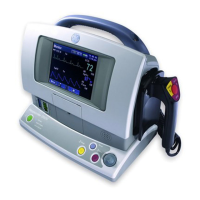
